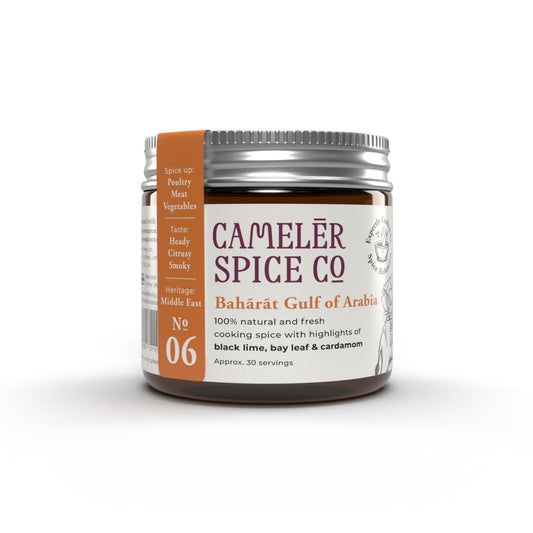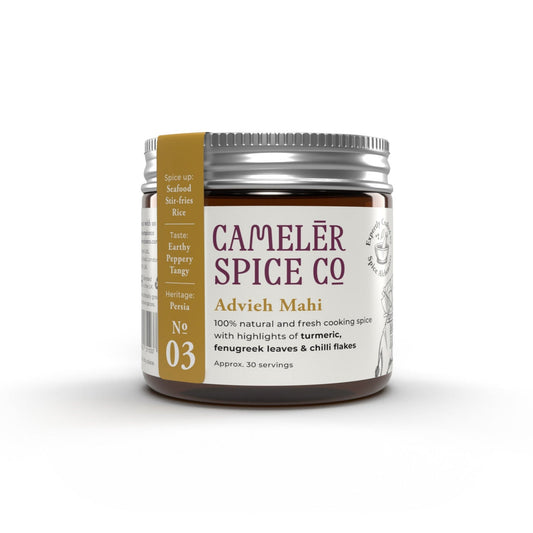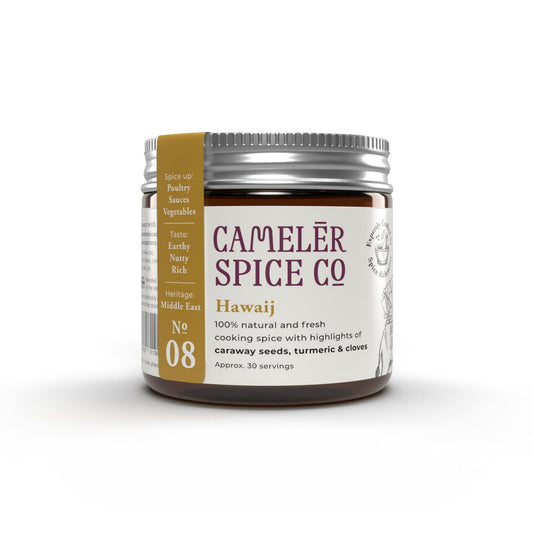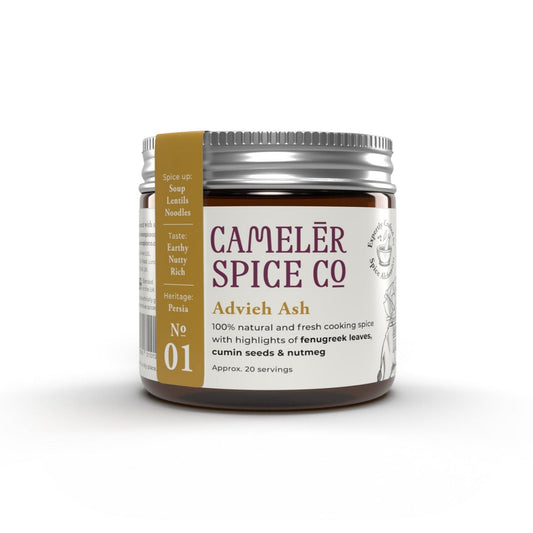
Collection: Coriander Seeds
(Also known as Cilantro, Chinese parsley, Dhania, Culantro and Recao.)
What does coriander taste like?
Citrusy, floral and warming, Coriander (cilantro) plays a rare dual role as a herb and a spice. The plant's dried seeds and pungent leaves are both used. Coriander (cilantro) is sown mainly in Rajasthan, India, but sowing has picked up in Gujarat, India.
How is coriander used in cooking?
The spice - the dry-roasted seeds - is incorporated into many curry blends and chutneys. North African harissa, which is used throughout the Middle East for vegetables, stews, and sausages, typically contains coriander.
If you love coriander seeds, you could also put them in a spare peppercorn mill to add a fresh dimension to some of your favourite dishes.
What flavours go with coriander seeds?
- Allspice
- Apple
- Blueberry
- Cardamom
- Coffee
- Coriander leaf
- Cumin
- Fennel Seed
- Garlic
- Ginger
- Lemon
- Nutmeg
- Olive
- Orange
- Paprika
- Turmeric
Our generational Yemeni heritage blend Hawaij has been handed down for generations, most recently from my Aunt Khadijah. This blend is rich in turmeric and coriander seeds. These flavours among other ingredients in Hawaij make this blend rich and bold. Our whole head of cauliflower recipe is the best main or side dish for any day of the week.
What are the health benefits of coriander seeds?
Coriander is high in fibre, manganese and vitamin K. Dermatologist research suggests that it may protect against eczema and other dry and fungal skin conditions. Rich in immune-boosting antioxidants, it also benefits heart and brain health. In traditional remedies, coriander prescriptions were administered to those with ailments such as stomach ulcers.
What are interesting facts about coriander seeds?
- Referenced in the Bible, coriander is one of the oldest spices on record. Evidence suggests that the seeds were placed at ruins dating back to 5000 BC. Amongst the gold and jewels, archaeologists found evidence of coriander seeds in the tomb of Tutankhamun, believing that the spice transported the dead to the afterlife.
- The Grecians and the Romans used coriander as a medicine and a meat preservative. They would use it in dishes like lentils and chestnuts.
- It was two thousand years ago that coriander came to India via Persia, and evidence suggests that it was used from China to Anglo-Saxon Britain four centuries later.
- Early European settlers to North America introduced coriander to the indigenous population, which soon became widely cultivated. By the 18th Century, coriander fell out of favour with the fashionistas. Nevertheless, to this day it still plays a pivotal role in gin distilling and beer brewing.
- When it comes to coriander leaves (cilantro), most people get a tart/sharp lemon citrus taste. However, approximately ten per cent of people get a washing-up liquid or soap taste. Science suggests a link to the gene "aldehyde" senses the same chemical "aldehyde" found in soap.
What is the chief flavour profile of coriander seeds?
Linalool: (floral, orange and sweet) There are other lighter-flavoured terpenes in this compound. This versatile spice pairs well with other floral flavours like cardamom, nutmeg and mace.
Shop Spices With Coriander Seeds
-
Baharat Gulf Of Arabia
Regular price £8.95 GBPRegular priceUnit price / per -
Advieh Mahi
Regular price £8.95 GBPRegular priceUnit price / per -
Advieh Ash
Regular price £8.95 GBPRegular priceUnit price / per








